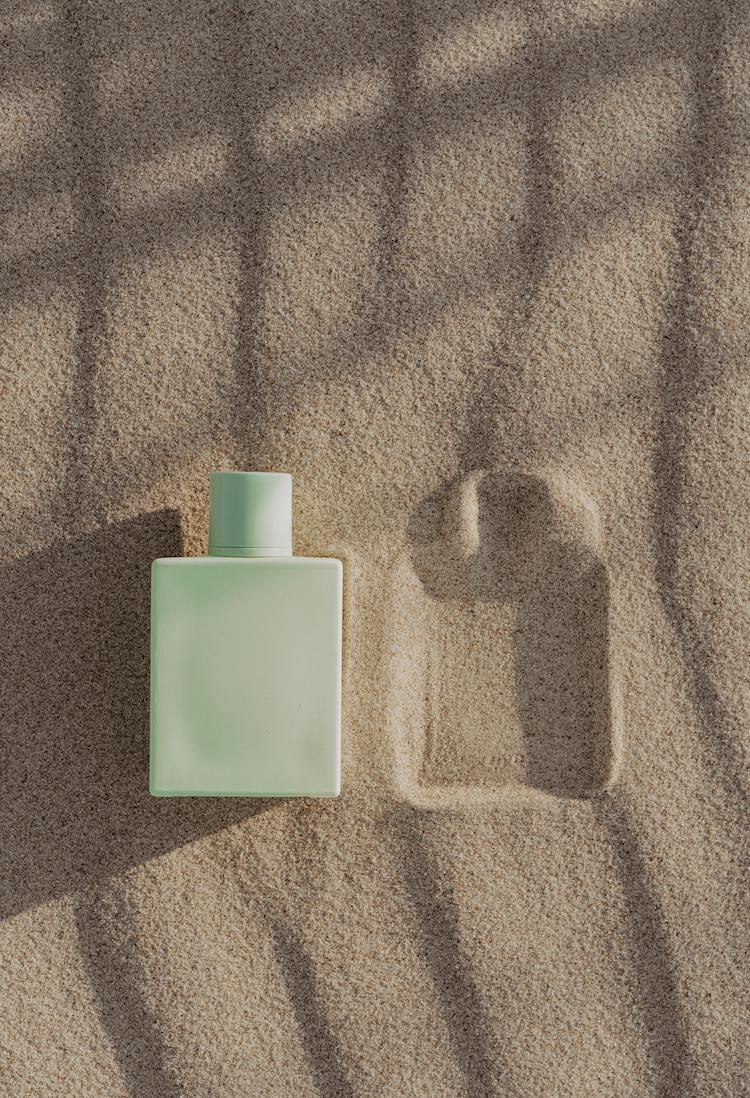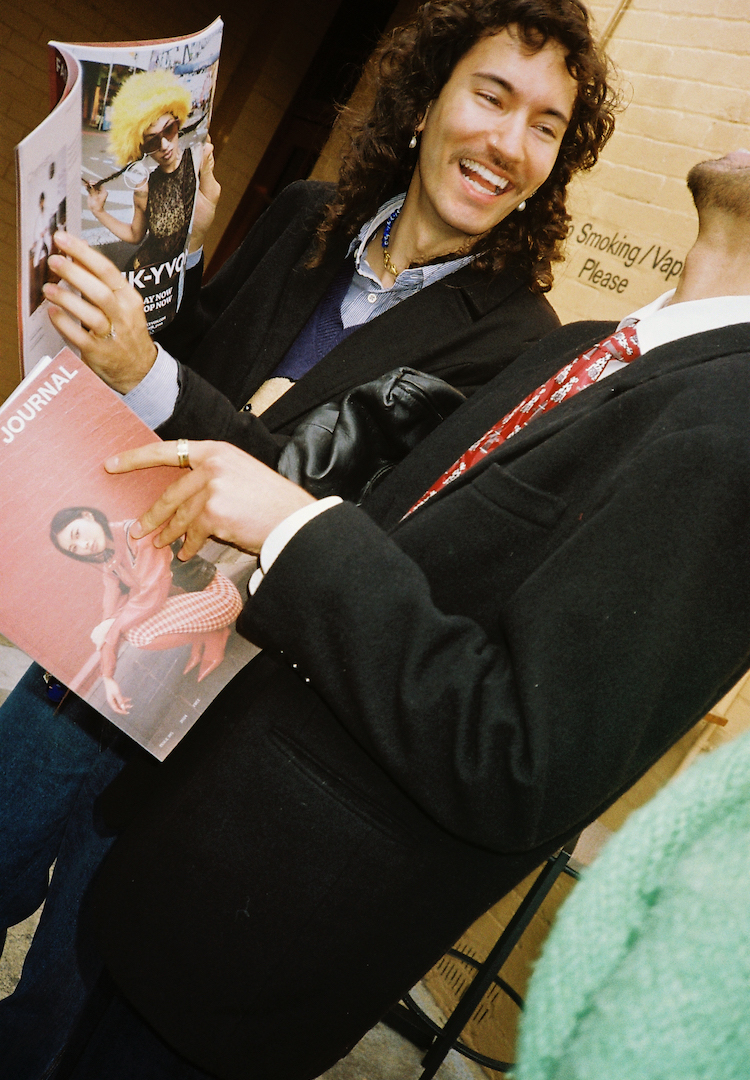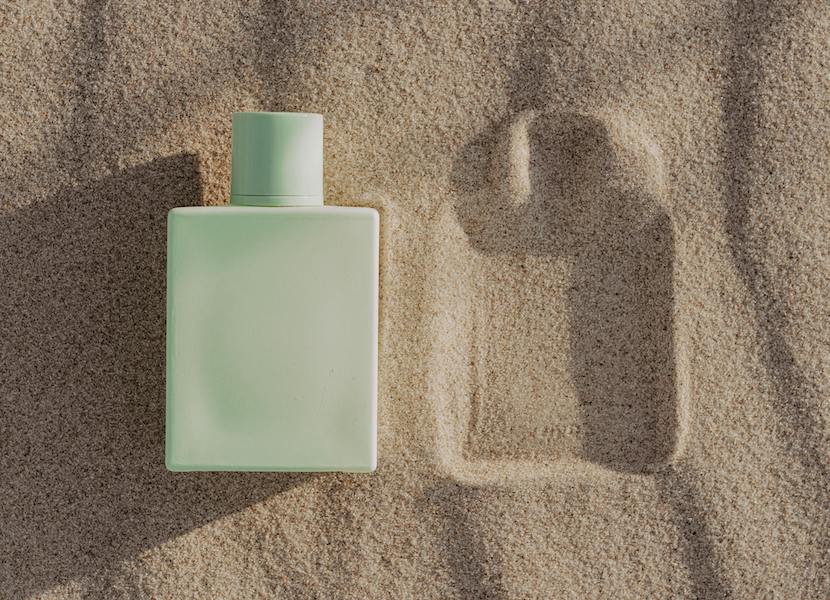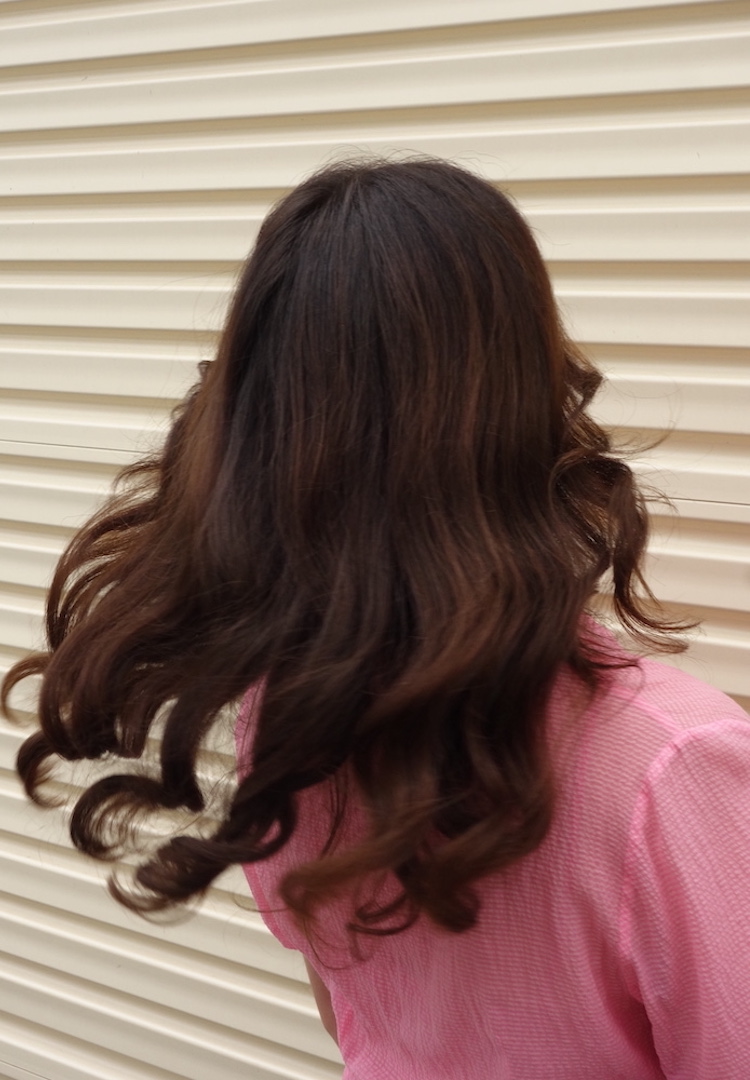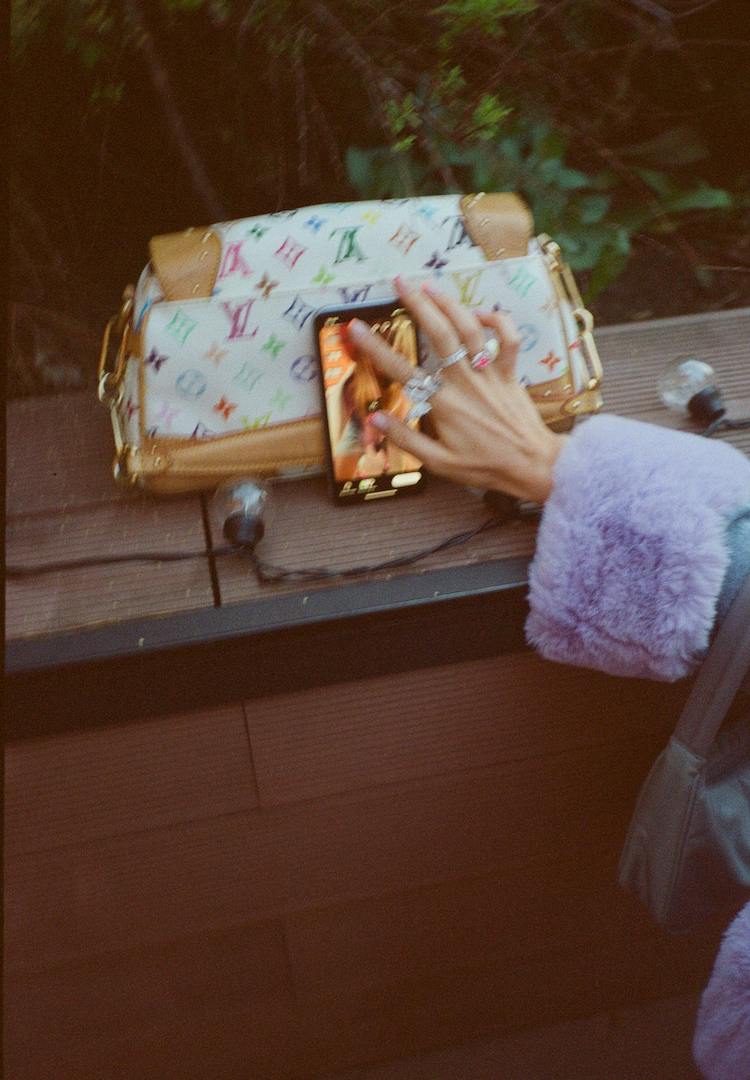Is there really such thing as an ‘ethical’ dupe?
Words by Bianca O’Neill
Same same but different.
Fakes, dupes, replicas. Whatever you call them, when it comes to ‘copies’ of expensive luxury items, there are generally two sides to the debate. Either they’re considered unethical and a reason for a brand to get cancelled, or they’re an unproblematic and equitable way for more people to access ‘exclusive’ designs, usually at a much smaller price point.
It’s a discussion that found its legs earlier this year in an ABC interview with MCoBeauty founder, Shelley Sullivan. The Australian beauty brand, a multi-million dollar business with an expansive product range, was cited by the ABC as being “built on beauty dupes”.
For more shoots, articles and features, head to our Fashion section.
The opinions following the interview were divisive. They ranged from outrage at MCoBeauty’s approach to product development, to arguments the brand is simply increasing access to core beauty products by offering an alternative to ‘unethical’ high prices. Others were ambivalent, citing a free market within which consumers can make their own choices, while some passionate comments equated MCoBeauty to Robin Hood.
Regardless of your thoughts on MCoBeauty’s business model, the interview gives rise to a wider discussion around the increasing practice (and media coverage) of dupes. Is it unethical to buy a fake or a replica? What about a dupe? Why do we see these two kinds of products as different in the retail space? These are all questions plaguing luxury houses and consumers alike – and with the ongoing cost-of-living crisis, they aren’t likely to go away anytime soon.
What’s the difference between a counterfeit product, a replica and a dupe?
There are three categories in the duping game. A counterfeit, strictly speaking, is a product being passed off as the original without the knowledge of the consumer. It’s usually priced similarly to the original, and created with the intent to deceive someone into thinking it’s the real thing.
A replica, meanwhile, is a direct copy of a product, sold at a cheaper price point but with the knowledge of the consumer. Think, for example, of all those fake Prada woven beachbags you can find in Bali for about $30. Everyone (hopefully everyone) is aware these aren’t real Prada producta, so the deception mainly lies in the consumer deceiving others into believing they bought the real thing.
A dupe, however, mostly refers to a product largely copied from another, with slight variations, sold under a different brand name. The logos of the original won’t be present or will be slightly altered to mimic the look of the original, without technically infringing on trademark. No one is ‘deceived’ in this purchase, however, it does tread into murky territory when it comes to the ethics of being so heavily influenced by another designer’s work.
A recent example of this is the $665 Loewe anagram tank top, which even if you haven’t seen it before, may still look vaguely familiar. A number of high street and mass market retailers globally have taken inspiration from the design, skewing the Loewe logo slightly or replacing it with their own on an almost-identical tank top, selling it at a fraction of the price.
Is it illegal to make and buy these products?
As per ABC’s interview with Shelley Sullivan and her patent and trademarks lawyer, Len Mancini, “…what can and can’t be replicated in the world of ‘beauty dupes’ all comes down to protected brand assets — if it doesn’t infringe on Charlotte Tilbury’s trademarks, then MCoBeauty can legally dupe it.”
Dr David Brennan, who teaches intellectual property in the Monash University graduate law program, explains this area of the law is broadly referred to as ‘passing off’. The core question is whether MCoBeauty is passing its product off as another trader’s product. Here, an evaluation needs to be made about whether a consumer is likely to be deceived into making a ‘mistaken purchase’ decision.
If all consumers know the MCoBeauty product is a ‘dupe’ – for example, because of MCo branding and repute, its lower price or the downmarket retail location of its sale – there’s not likely to be any such mistake. He also says that any ‘momentary consumer confusion’ corrected before the final purchase is usually not enough for liability.
Overseas, the story is similar. Famously, in 2017, Gucci attempted to sue high street brand Forever21 for infringing on their recognisable blue-red-blue and green-red-green stripe combinations. Despite a clear case for the stripes being a Gucci trademark, the argument didn’t hold up, because often the test was based on whether a consumer would genuinely mistake a product for another – and a consumer shopping in Forever21 knows what’s in front of them isn’t Gucci.
The ethics debate
Now, when it comes to the ethics question, the variables are much wider. We need to consider everything from income inequality to sustainability, modern slavery and artistic merit.
Most people would agree that counterfeits are ethically wrong and replicas are just as questionable. But where do dupes fit in, if everyone is aware of the scam? When it comes to it, the ethical question tends to become a little more murky. Often, fast fashion brands duping other brands are quite clear about what they’re doing, and as such, there are no longer huge concerns about misleading the consumer.
When it comes to knowingly buying a dupe that obviously doesn’t have the markers of the original – how do consumers and brands navigate the wide range of potential ethical concerns?
I think we can all agree that it’s unethical for a fast fashion brand to steal designs from an independent or smaller designer and pass them off as their own. But what about a high street iteration of an Hermès sandal, for instance? A $100 dupe isn’t likely to steal regular customers from Hermès, right? Well, the ethical implications go far beyond the unlikely situation where someone who’s about to pay $1300 at Hermès opts for the high street version instead.
To dive deeper, I spoke to Dr Rebecca Van Amber, Senior Lecturer at RMIT’s School of Fashion and Textiles. “I think ‘dupe’ culture is pushing the needle in the opposite direction of where we want it to go,” says Rebecca. “From a sustainability perspective, we really want brands and consumers to slow down their patterns of production and consumption. We should all be buying fewer items, and paying more for them. But instead, we know Australians are now the biggest consumers of fast fashion – averaging 56 new items a year. And we know Australians are paying much less for these items.
“Many of these dupes – especially if they are coming from an ultra-fast fashion brand – are not being produced at the same level of quality as the original. Many are being produced with lower-quality materials, especially polyesters and polyurethanes.”
Rebecca makes an important point beyond the simple question of whether it’s morally ‘okay’ to purchase a copied design. As she rightly highlights, the ethics extend to questions about sustainability and longevity. A poor quality dupe can enact a heavier toll on the environment if it’s made from plastic, lasts merely months, and can’t have its life extended through resale channels.
There’s also the question of modern slavery when price points are so low and supply chains aren’t transparent. Although, as we’ve seen recently with the Italian investigations into luxury contractors, question marks can still be raised around luxury markets.
So what can be done about it?
What about a case where the roles are reversed and a local, independent designer is heavily influenced by the runways of global fashion behemoths? Is it okay for a smaller designer to dupe their looks if they’re manufacturing responsibly and to a high quality? There, things become even more hazy.
The classic ‘small brand vs big brand’ scenario is much more clear-cut. As local jewellery designer Milana De Mina found out, it’s not easy for small brands to pursue action if they suspect a dupe, but it can be done. After walking into a major Australian fashion retailer and finding designs similar to her own both for sale and in the store’s campaign imagery, Milana tried contacting the brand via social media. After her comments gained some traction online, she ended up resolving the matter with the brand directly.
We’ve seen a range of local and international brands discuss this very topic on social media many times by now, with differing results. Sometimes, smaller designers are simply looking for acknowledgement that they’ve been copied. Sometimes they’re looking for cancellation and other times, collaboration.
Regardless of their goals, legally, there are few options for recourse for designers – except through a costly and time-consuming trademark infringement allegation. “It’s extremely difficult as usually, you cannot legally prove that someone has intentionally copied your design,” adds Milana. “Pursuing legal action is very costly and is not something most small designers can afford.”
Vote with your wallet and your clicks
One of the easiest ways for us to support local, independent designers is with our own wallet. In general, supporting and publicising the original maker is key, allowing them to earn a living from their original designs. And I think we’d all agree that when it comes to larger brands, we’d like to see more (appropriately paid!) collaborations, rather than copying. Remember when Target worked with brands like Missoni, Dion Lee, Stella McCartney and even Gaultier?
Perhaps the most influential place to start is on social media and online media sites. The reliance on gleeful coverage of dupes as a clickable headline has, in my opinion, spiralled out of control. Are we really that proud to declare the latest fast fashion item copying another designer as ‘This Spring’s Hottest Buy’? What happens to that item when it falls apart, and the next hottest dupe comes along? One thing’s for sure, we probably won’t be seeing the dupe of that Loewe singlet on any resale platforms anytime soon.
For more on dupe culture, head here.


